

KBS1
Featured Show:
The Women of Our Home
The Women of Our Home is a South Korean television series starring Jung Eun-chae, Jay Kim, Yoon Ah-jung and Choi Min-sung. It aired on KBS1 from May 16, 2011 to November 4, 2011 on Mondays to Fridays at 20:25 for 125 episodes.
KBS1 TV Shows
170 shows • Page 7 of 9
 0
0The Women of Our Home
The Women of Our Home is a South Korean television series starring Jung Eun-chae, Jay Kim, Yoon Ah-jung and Choi Min-sung. It aired on KBS1 from May 16, 2011 to November 4, 2011 on Mondays to Fridays at 20:25 for 125 episodes.

Larva
Two curious worms spend their days investigating the otherworldly objects that fall through the grate into their subterranean world.
 0
0도전 골든벨

The King of Legend
The King of Legend is a 2010 South Korean historic drama based on King Geunchogo of Baekje. Besides than the historic info obtained from Samguk Sagi and Samguk Yusa, it was also inspired by a novel written by Lee Munyeol, a renowned Korean writer. The drama was aired on KBS 1TV in Korea, and internationally through KBS World.

Smile Again
Raised in America by his mentally handicapped mother Anna, Dong Hae dreams of traveling to Korea to propose to the woman he loves.. After qualifying for a speed skating competition, he smuggles his mother to Korea with him, but his undying devotion to her soon begins causing him problems. Finally reconnecting with his lost love Saewa, Dong Hae finds his affections divided when things don’t work out as he planned in this award-winning daily drama.
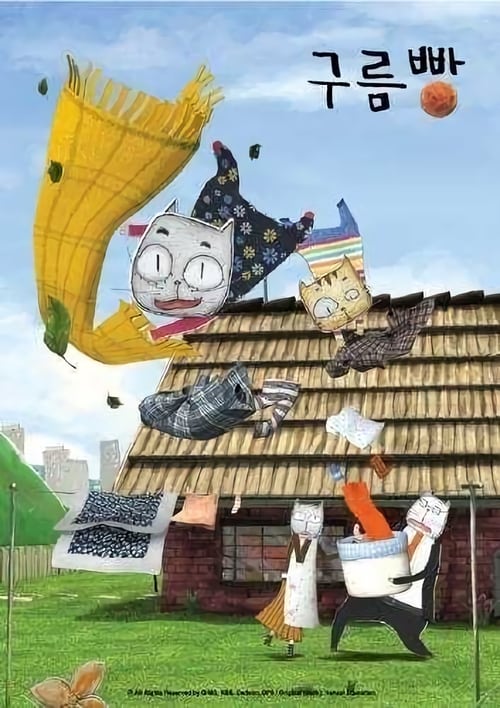
Cloud Bread
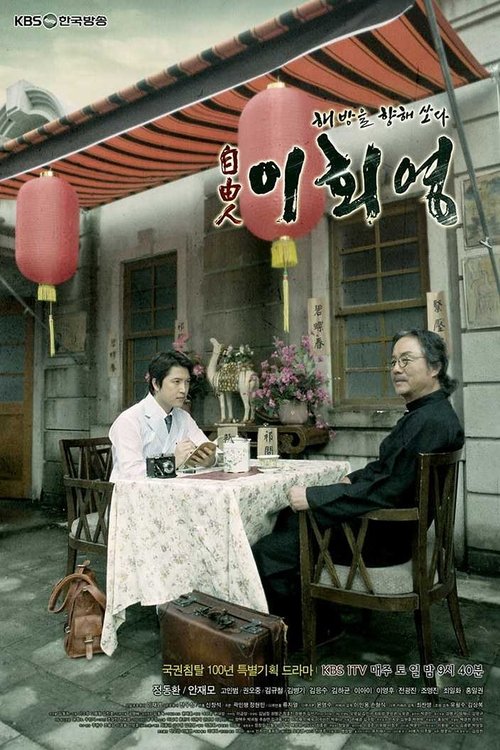 0
0Freedom Fighter, Lee Hoe-young
Freedom Fighter, Lee Hoe-young is a 2010 South Korean historical television series, starring Jung Dong-hwan, Ahn Jae-mo, Lee Ah-yi, Hong Il-kwon and Kwon Oh-joong. Based on the life of Korean independence fighter Lee Hoe-yeong, the drama was made to commemorate the centenary of the Forced Annexation of Korea by Japan. Its premiere coincided with the signing of the annexation treaty on August 21, 1910, and the drama aired on KBS1 from August 29 to September 12, 2010 on Saturdays and Sundays at 21:05 for 5 episodes. This was the third and last of the "noblesse oblige" series produced by KBS in 2010, following The Reputable Family and The Great Merchant. At the end of the drama, a short documentary about Lee Hoe-young aired, including an interview with his sons, Lee Kyu-chang and Lee Kyu-dong.

Legend of the Patriots
Legend of the Patriots is a remake of the 1975 South Korean drama Comrades. Its production was spawned to commemorate the 60th anniversary of the Korean War. The story centers around the lives of eleven Korean soldiers fighting in the Korean War. Director Kim Sang-hwi remarked that the series is not about the ideologies of South and North Korea, but rather focuses on the struggles of ordinary people who lived through the war.
 0
0KBS 네트워크 특선

The Great Merchant
This drama is based on a real life figure Kim Man-deuk who was living in Jeju Island. She goes through a lot of changes in her life; at first she becomes a Gisaeng but turned herself into a merchant, and then becomes one of the biggest philanthropists in Joseon Dynasty. Man-deuk gets adopted by Granny at a young age. With great efforts, she becomes a Gisaeng who has outstanding talents in various areas. However, she gives up everything and runs away with her lover Jeong Hong-soo. She gets caught and sends to the transitory wards for epidemics for one year. When she came out from the wards, she starts to take care of the Gisaengs who are suffering from illness. Man-deuk goes into a business and restores the business ethics in Jeju. Meanwhile, Moon-sun, who used to be a friend of Man-deuk, feels a sense of inferiority and competes with Man-deuk’s business.
 0
0A Good Day for the Wind to Blow
A Good Day for the Wind to Blow is a 2010 South Korean television series starring Kim So-eun and Jin Yi-han. The daily drama aired on KBS1 from February 1 to October 1, 2010, from Mondays to Fridays at 20:25 for 173 episodes.

The Reputable Family
The Reputable Family is a 2010 South Korean television series starring Cha In-pyo, Han Go-eun, Kim Sung-min, and Lee Hee-do. It aired on KBS1 from January 1 to February 21, 2010 on Saturdays and Sundays at 21:40 for 16 episodes. The historical drama revolves around the Choi family, a famous clan based in Gyeongju, North Gyeongsang Province. After the death of the head of their family, Choi Jin-lip during the second Manchu invasion of Korea, his grandson Guk-seon vows to reclaim the honor of his clan. The Choi family must overcome obstacles and hardships both in their hometown Gyeongju, and in Hanyang. Many of the scenes were filmed at the Korean Folk Village in Seoul. The series failed to attract many viewers, receiving an average rating of 10.9%. But it was recognized as a well-made drama among critics.
 0
0MetaJets
MetaJets is a Canadian animated television show produced by DHX Media. In Canada, MetaJets premiered in July 2008 on Teletoon. In South Korea, this show was first premiered on KBS 1 on January 31, 2009 and on TF1 premiered on October 7, 2009 in France. This show also premiered in selected territories like Cartoon Network on July 4, 2010 in the United States, Studio 23 on July 13, 2010 in the Philippines, and soon on Disney Channel Asia premieres in 2011. As of 2010, the entire first season is available to watch instantly on Netflix.

The Road Home
A simple yet heartwarming story of a three-generation family, The Road Home portrays the love and conflicts between family members running a general hospital. It explores the lives of the grown-up children who each have their own problems to solve, and the way they cope with their aging parents.Yoo Min-soo is the eldest son of the hospital's CEO. His wife Jang Mi-ryung bears a child out of wedlock but raises it with maternal love.Hiro, a Japanese model, confesses his love for Ji-soo, Min-soo's sister. But Ji-soo must later come to grips with the secrets behind her birth.
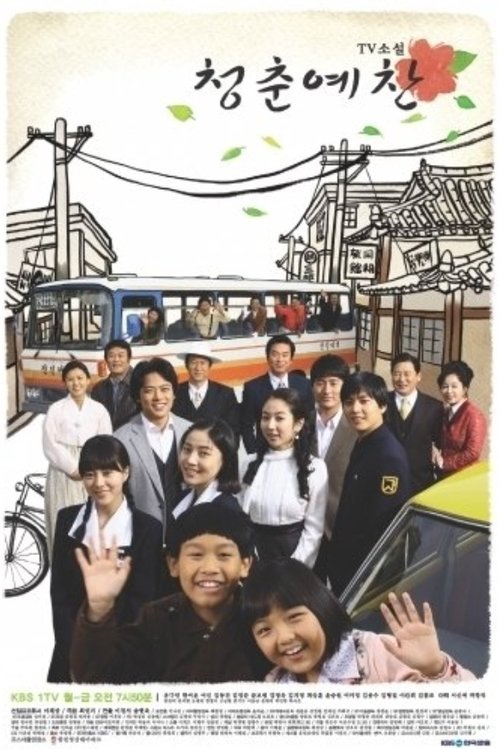 0
0TV소설 청춘예찬
 0
0Noodle Road
Explore 8,000 years of history and culture through a bowl of noodles in the KBS documentary Noodle Road. Aired in 2009, this delicious six-episode program looks at the role and development of noodles in world civilization and culinary culture. Where do noodles come from? Who lived on them? How did they travel from the East to the West? The makers of the program traveled to eight countries in Eurasia including China, Uzbekistan, Bhutan, Turkey, and Italy to trace the cultural roots and trade routes that eventually brought noodles to dinner tables around the world today.

You are My Destiny
Jang Sae-byuk is a cheerful and grateful orphan who always tries her best. She dreams of one day becoming an interior designer, despite her lack of education and money. Because of an accident that happened before the story starts (about three years ago), she loses her sight and undergoes corneal transplant surgery. Different events unravel when she encounters the Kim family, who has lost a daughter in a horrible car crash, unbeknownst to everyone besides the father and older brother. The stories then intertwine when Sae-byuk meets the Kim's extended family and the son of a big interior design company, Lohas, in Korea.
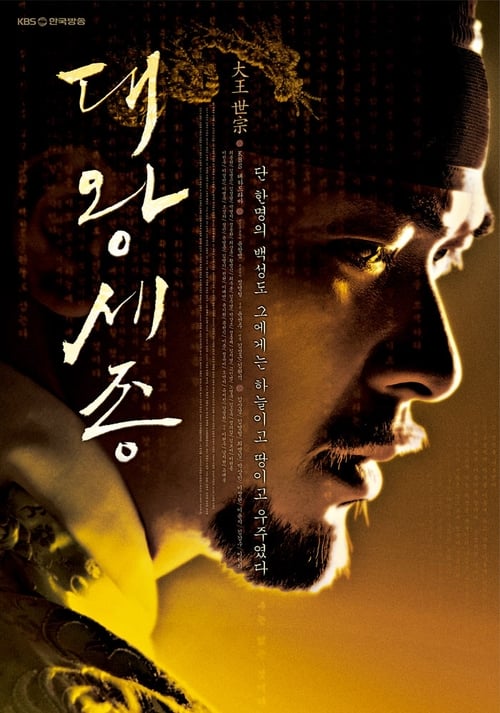
King Sejong the Great
"The Great King, Sejong" is a full-scale political drama describing how King Sejong and his loyal retainers cooperate and contrive to make his dynasty a better place. While King Sejong was on the throne, the Joseon Dynasty enjoyed increasing prosperity. The drama shows the dramatic processes of how so many new cultural heritages have been devised. At that time, "Hangul", the native phonemic alphabet system for Korean language was first invented and introduced. Before it was made, Chinese characters had been used for a written communication, which makes it extremely difficult for ordinary people to learn and use. "Hangul" is easy to learn for its simple and scientific principles. Other than "Hangul" itself, there had been so many cultural heritages during his regime including a rain gauge, a sundial, an hourglass to name a few. Also, King Sejong’s pragmatic diplomacy is concentrated in the drama. Then, the Joseon Dynasty was facing a powerful Ming dynasty of China, and King Sejong demonstrates the essence of pragmatism with dignity.
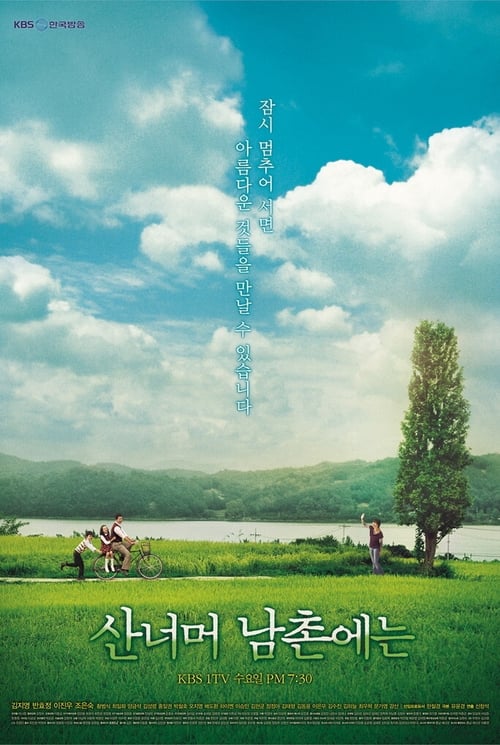 0
0Hometown Over the Hill
By depicting the dreams of people living in farming villages, this drama also reveals problems that today’s residents of rural areas face, such as a growing number of biracial children from international marriages and the cutthroat competition to survive.
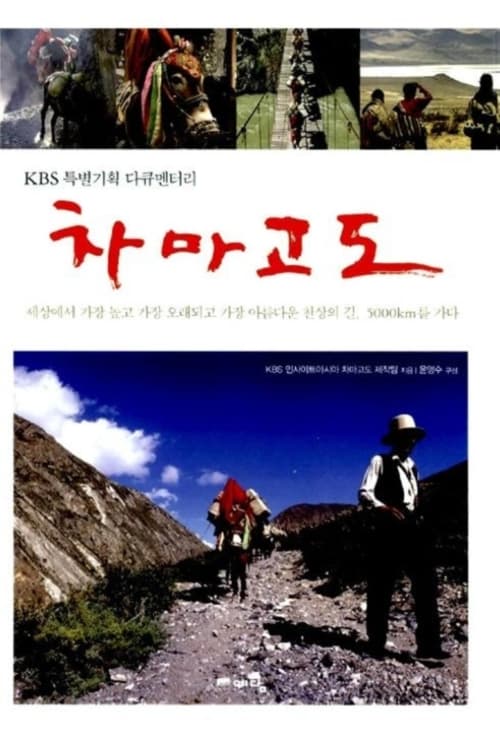
Asian Corridor in Heaven
Part of the Insight Asia series, Asian Corridor In Heaven is a six-episode HD documentary series co-produced by KBS and NHK about the world's oldest trade route, the "Ancient Tea and Horse Caravan Road". Pre-dating the Silk Road by 200 years, the Ancient Tea and Horse Caravan Road crossed from the Sichuan and Yunnan provinces of Southwest China over mountainous terrain into Tibet, Nepal, and India. The Caravan Road was not only an important route for the trade of tea and horses, but also a corridor connecting Chinese and Tibetan language, people, religion, and cultures.